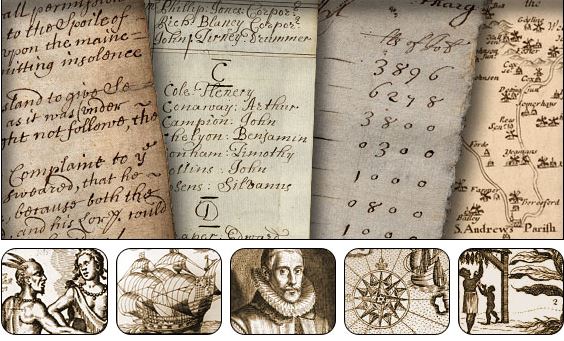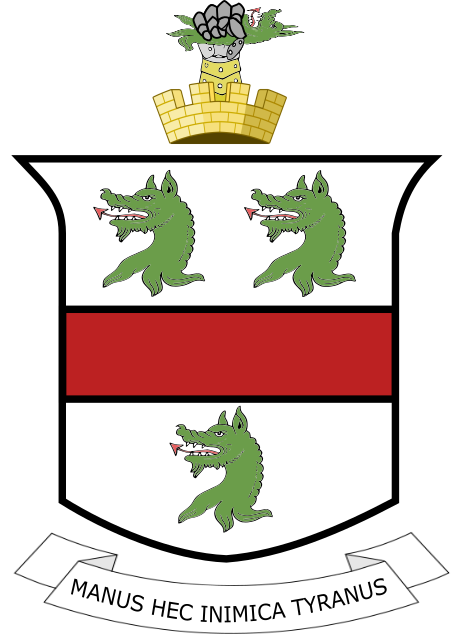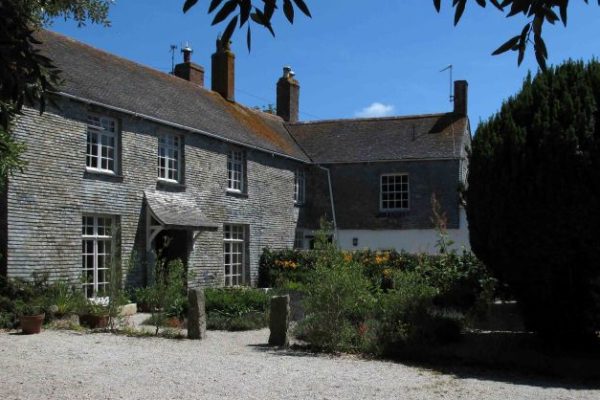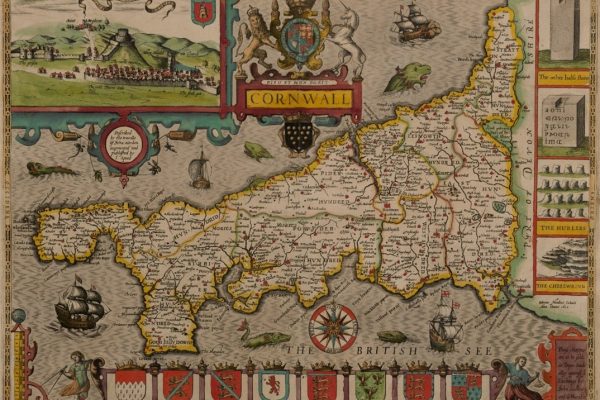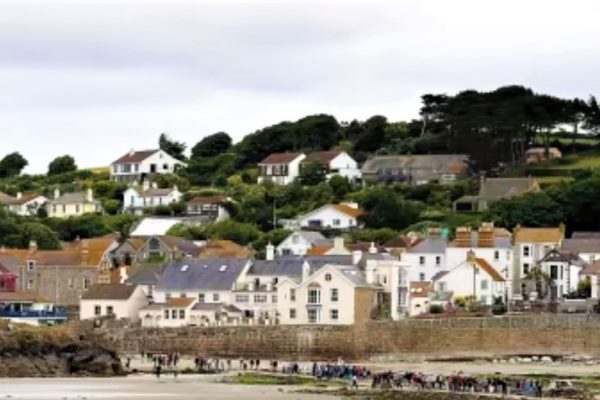Historical Collections A valuable resource of information can be obtained from library and university archives and collections. Here is an example of how I was personally able to use such collections and shows how perseverance can reap results. I was conducting a Google search when I came across a reference to a person with the surname I was researching who was said to be a Director of the East India Company. It was found in a record within the British Museum Collection but there was little more information than that. I did another web search for “Director of the East India Company”. The results gave me several resources to investigate. Wikipedia was the first on the list and a page search immediately found the name I was looking for, but only confirmed what I already knew. Returning to the search engine results there were two other sources. JSTOR and FIBIS. The first of these gave me a preview of a title: “Alphabetical List of Directors of the East India Company from 1758 to 1858” which seemed possibly worthwhile. It did however question the accuracy of the list. I would need to pay to view this document in full, so being averse to spending money when I don’t need to, I investigated the other link. This took me to the FIBIS Wiki Page for the East India Company. Whilst interesting and worthy of a bookmark, the main entry was of little help. Of more interest however was the FIBIS Resources, Related articles, and External Links, so important in these cases. This led me to the ERA (the Edinburgh Research Archive) and a downloadable PDF. Within was the information I sought. This is an example of how with persistent research and an open mind, you can often find valuable information even if it relates to something different to what you were searching for in the first place! The Edinburgh Research Archive: ERA is a digital repository of original research produced at The University of Edinburgh. The archive contains documents written by, or affiliated with, academic authors, or units, based at Edinburgh that have sufficient quality to be collected and preserved by the Library, but which are not controlled by commercial publishers. Holdings include full-text digital doctoral theses, master’s dissertations, project reports, briefing papers and out-of-print materials. JSTOR JSTOR is a digital library which provides access to more than 12 million journal articles, books, images, and primary sources. JSTOR’s mission is to improve access to knowledge and education for people around the world. As a not-for-profit, we partner with libraries, museums, and publishers to reduce costs, extend access, and preserve scholarship for the future [ Link ] FIBiS This is rather a niche source of information, but in my case, it is a very useful one. FIBiS is the website of the Families in British India Society and has a freely accessible database and Wiki pages. Whilst it may not be useful for everyone’s research, other such sites probably exist for other areas.
